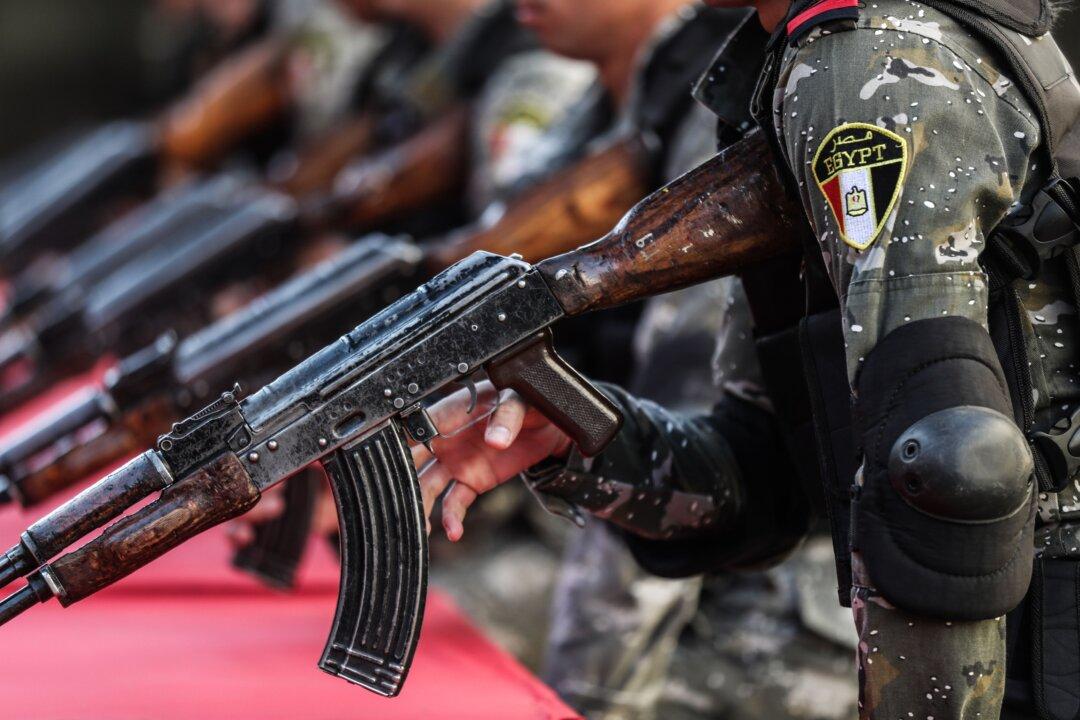Egyptian armed forces are building a new 1.2-mile-long wall on the border with the Gaza Strip, according to a report by Al Monitor.
The construction of the border, which began on Jan. 27 but reportedly wasn’t announced by armed forces, forms part of a plan to boost border security and prevent extremists from entering the Sinai Peninsula from the Gaza Strip. It is also aimed at shutting down any remaining Palestinian cross-border tunnels.





